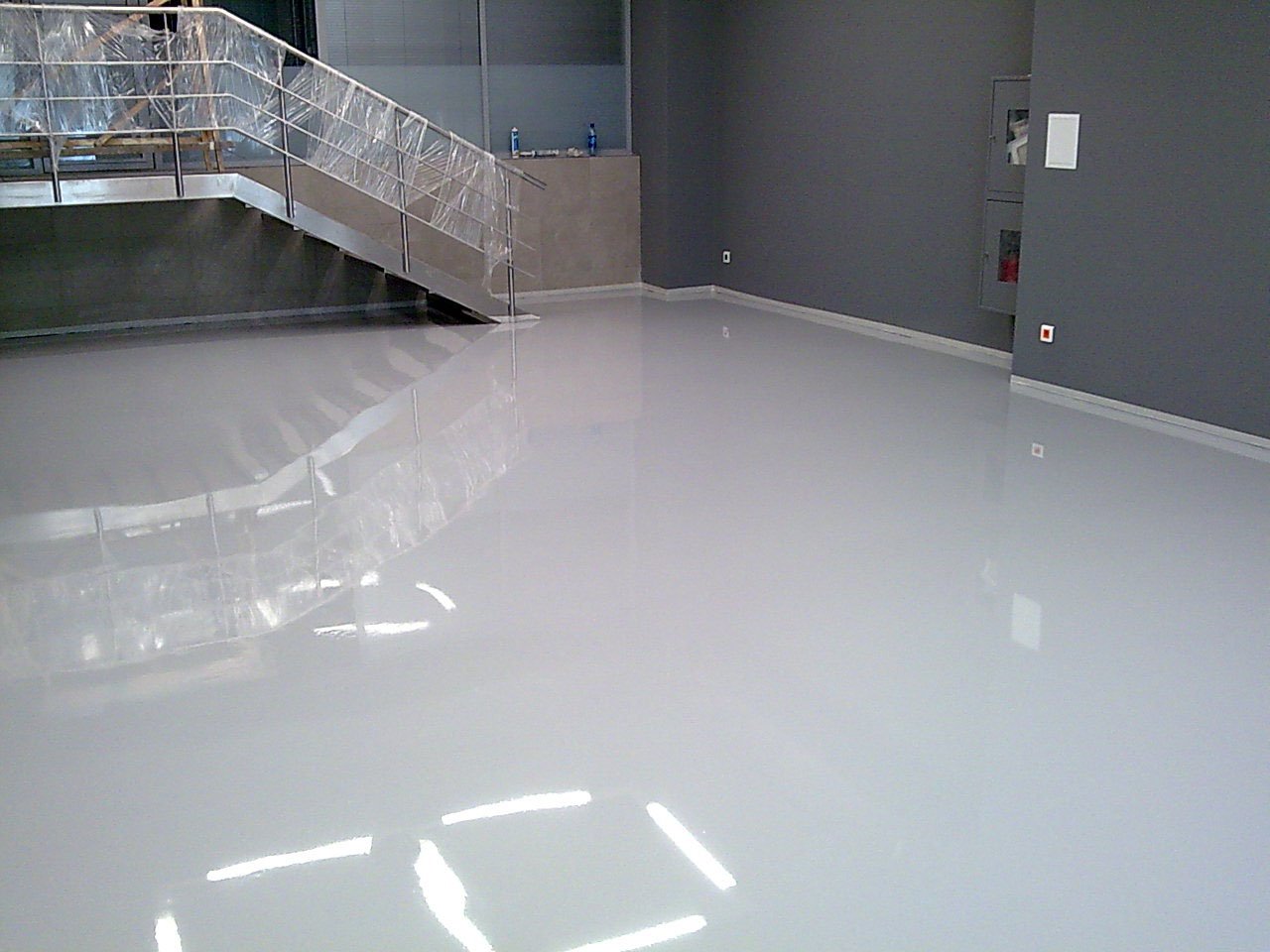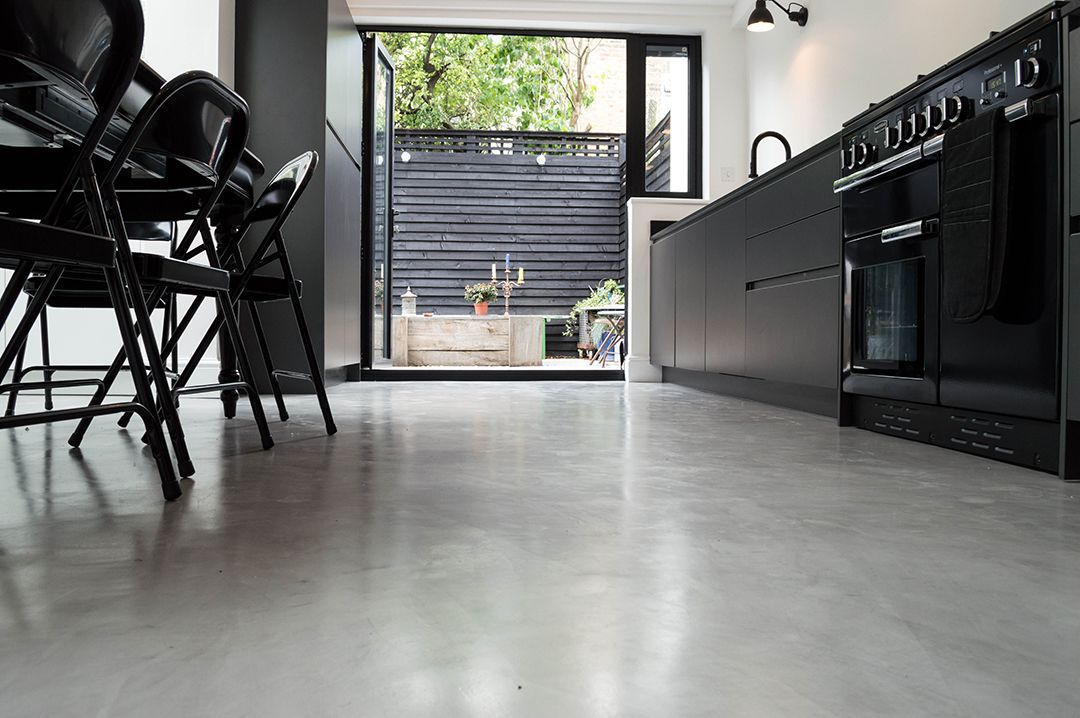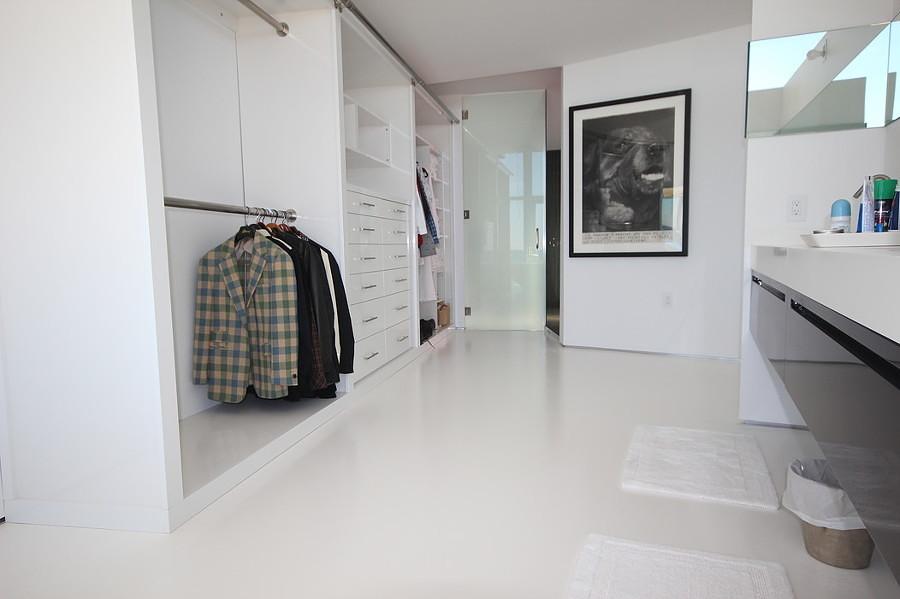Resin vs cement-resin: what is the best?
These materials are fashionable at this time because of the excellent price and the resulting finish.
Epoxy resin and resin cement are two materials with similar uses and many common characteristics. What is the best for your home?
Here are the most important main features of both:
Resin: what is it?
It is in liquid form: thanks to its physical properties, it is able to self-level (forming a smooth layer and mirror effect) and, hardening, it becomes solid and resistant.
Highly resistant material, waterproof and wear-resistant.
Fast application and clean finish.
Smooth finish, in different colors and with reduced thickness.
Cement-resin: what is it?
It is a mixture of aggregates, water, pigments and adhesives. The result is a solid finish of 1 to 3 mm thick.
It is applied in a traditional way, with a metal grader, acquiring a superficial grain.
It is a continuous coating, without joints. Smooth finishes are the most common, but we can get a stone effect or other finishes. There is a wide variety of colors and finishes.
It has high mechanical strength and strong adhesion to any type of support.
Appearances and finishes
Resin :
It has a uniform color, as if it were colored. There are many colors and you can get an opaque, satin or shiny result.
The resin cement:
It is cement-based, so its natural color is gray, with variations in color depending on the application. You can get a lot of designs and colors by applying pigments.
How to apply?
Resin :
- Adhesion: it can be applied to different types of materials, such as tiles, wood or concrete.
- The application: poured on the support or the ground, in the liquid state, is leveled automatically and gives a flat surface.
- Drying time: 8 hours at 20º, even if there are resins that dry twice as fast. The amount of resin to be applied varies depending on the total area, the surface to be coated or the thickness of the layer to be applied.
Cement resin:
- Adhesion: it can be placed on old supports, preferably smooth.
- Application: there are no joints (unlike polished concrete), and it is recommended to insert a fiberglass mesh to prevent cracks.
- Drying time: it settles quickly (up to 30 m2 per day) and you can walk on it about 4 hours after application.
Cleaning and maintenance of the resin
 Just a damp cloth with mild detergents. The absence of joints guarantees maximum hygiene and prevents the formation of molds.
Just a damp cloth with mild detergents. The absence of joints guarantees maximum hygiene and prevents the formation of molds.Cleaning and maintenance of resin cement
 A damp cloth and a neutral detergent are sufficient for daily cleaning. For maintenance, a water-based polishing wax should be applied once a week.
A damp cloth and a neutral detergent are sufficient for daily cleaning. For maintenance, a water-based polishing wax should be applied once a week.disadvantages
 Resin:
Resin:
- The application is very delicate, although it does not necessarily require the presence of a professional.
- It is likely that cracks will appear, but this can be avoided if it is protected with wax or polyurethane.
Cement-resin:
- It takes a hard support to prevent it from crumbling.
- Better not to apply it on old wood floors, because this type of surfaces is not rigid enough and has too many joints that could cause cracking of the cement-resin.
Price
 Resin:
Resin:
The prices can vary between 25 and 50 $ / m2, according to the state of the soil on which they must be applied and of the end use.
Cement-resin:
The price is 50 to 60 $ / m2, but it can be found from 35 to 100 $.
Both:
To save time, these are two economical materials for renovation, especially compared to others that require removing an existing coating.
Which one to choose ?
 The question is not easy. They are both perfect for renovating the floor at home without doing expensive building work, which is why they are being used more and more.
The question is not easy. They are both perfect for renovating the floor at home without doing expensive building work, which is why they are being used more and more.
It is the small details such as the price, the application or the existing surface that make it possible to choose one or the other. A professional can make an assessment and recommend the best solution.






Comments
Post a Comment